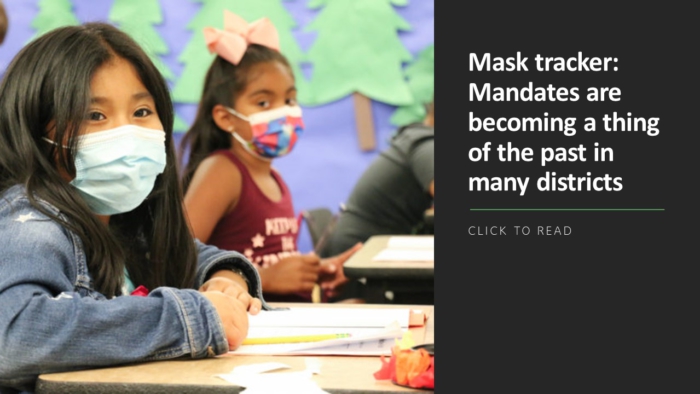Districts are awash in COVID relief funding but the inflation fueled by the pandemic means the power of teacher salaries has declined over the past 10 years, according to new research. And even though some states have given teachers big raises this year, this data suggests that a factor largely out of K-12 leaders’ control—the rising cost of living—will likely exacerbate the staff shortages many districts are already facing.
It’s estimated that the average teacher will make $66,397 for the 2021-2022 school year, as salaries have been increasing gradually. But when adjusted for inflation, this year’s earnings are also about $2,200 less—or about 4%—than a teacher earned a decade ago, according to new figures from the NEA labor union.
In fact, inflation is “undoing all the gains made over the previous two years,” the report says, referring to recent wage increases. The same inflationary pressure is also causing a slight decrease in the value of the salaries of paraprofessionals and other support staff, who will earn an average of $32,837 for working a 30-hour week in 2021-2022.
The report also accuses some states of “short-changing” experienced teachers. It notes that Texas ranks 14th for highest starting teacher pay but slips to 28th in overall salary. “The disparity between starting pay and average salaries in the Lone Star State is due to salary structures that inadequately compensate teachers based on additional training and experience,” its authors say. Research also shows that starting teachers earn about 19% less than other college-educated workers with similar characteristics. Closing this gap would require starting pay to increase by $10,000, a level paid by only around 10% of school districts.
FETC 2023
The Future of Education Technology®Conference takes place live and in-person Jan. 23-26, 2023, in New Orleans. Register now!
In a February survey, teachers said higher salaries could help them cope with the heightened stress they’ve been experiencing during the pandemic. More than 55% of teachers said the ordeals of COVID may force them to leave the profession earlier than they had planned.
Based on NEA’s data from more than 12,000 districts, here’s how the states rank for average teacher salary:
- New York: $90,222
- Massachusetts: $86,755
- California: $85,856
- Washington, D.C.: $80,659
- Connecticut: $79,742
- Washington: $79,388
- New Jersey: $77,677
- Rhode Island: $75,966
- Maryland: $74,006
- Alaska: $73,061
- Pennsylvania: $71,479
- Hawaii: $70,922
- Illinois: $70,705
- Oregon: $68,565
- Minnesota: $66,561
- Delaware: $65,141
- Michigan: $64,262
- Ohio: $63,082
- Vermont: $62,483
- New Hampshire: $61,849
- Georgia: $60,553
- Wyoming: $60,234
- Wisconsin: $59,992
- Iowa: $58,831
- Virginia: $58,506
- Colorado: $58,183
- Nevada: $58,167
- Texas: $57,641
- Utah: $57,226
- Maine: $57,167
- Nebraska: $56,463
- New Mexico: $54,923
- North Dakota: $54,837
- Oklahoma: $54,762
- Alabama: $54,271
- Kentucky: $54,139
- Kansas: $53,619
- North Carolina: $53,458
- South Carolina: $53,188
- Montana: $53,133
- Indiana: $53,072
- Tennessee: $52,871
- Louisiana: $52,472
- Arizona: $52,157
- Idaho: $51,817
- Arkansas: $51,668
- Missouri: $51,557
- Florida: $51,009
- West Virginia: $50,261
- South Dakota: $49,547
- Mississippi: $46,862










